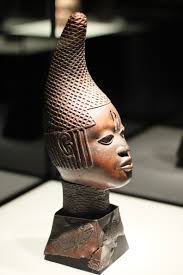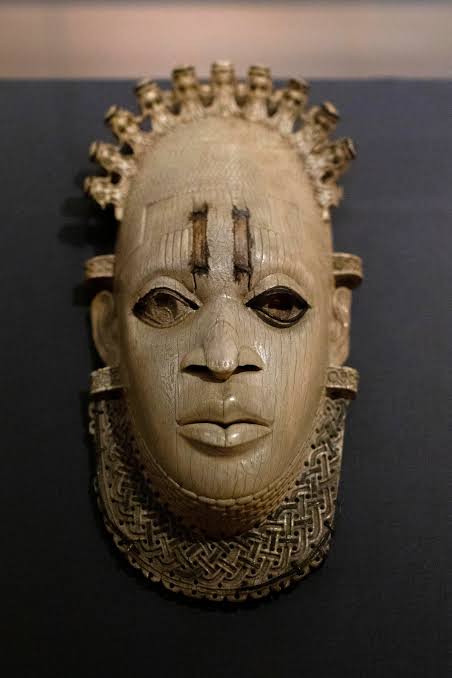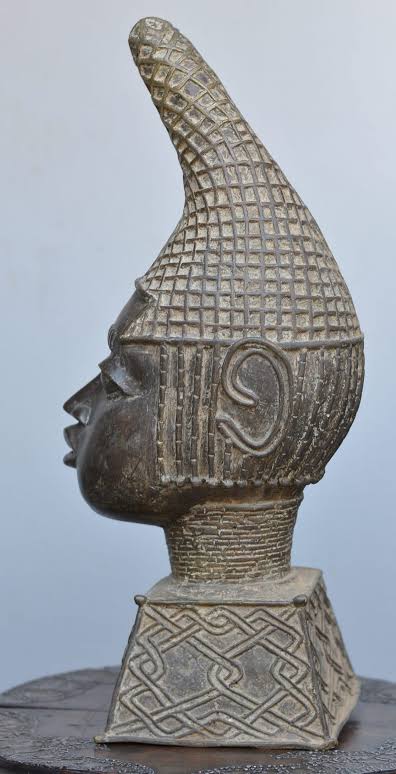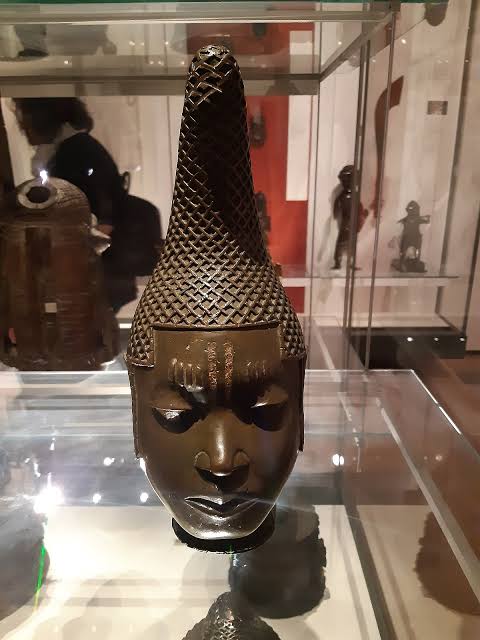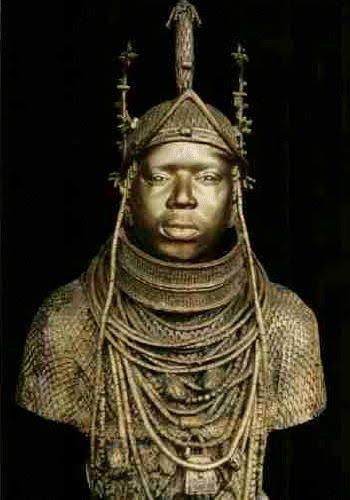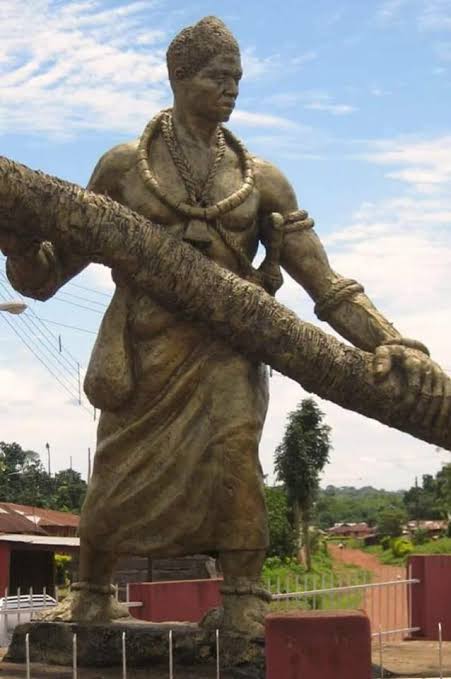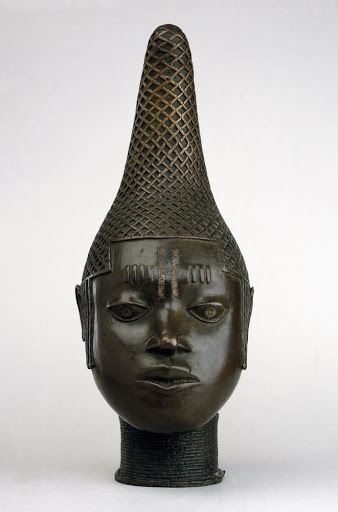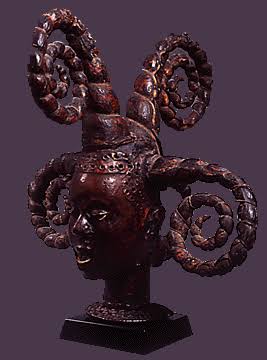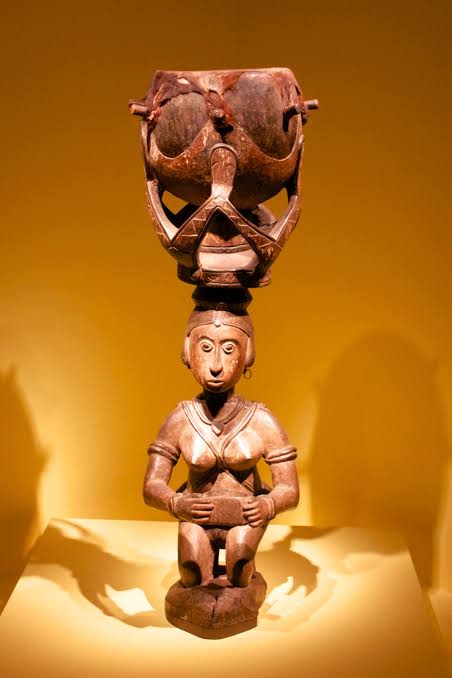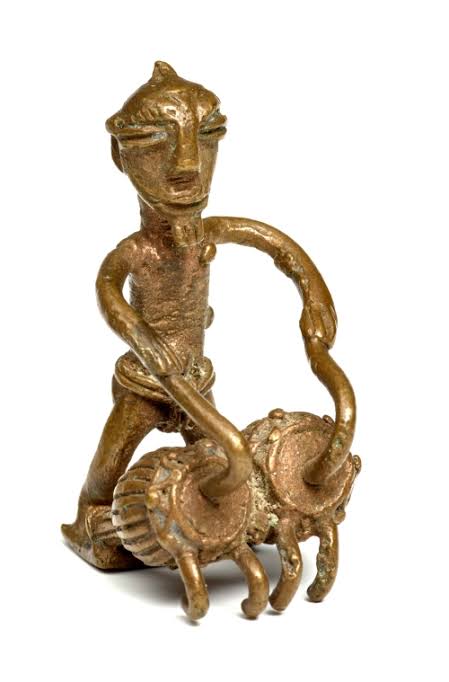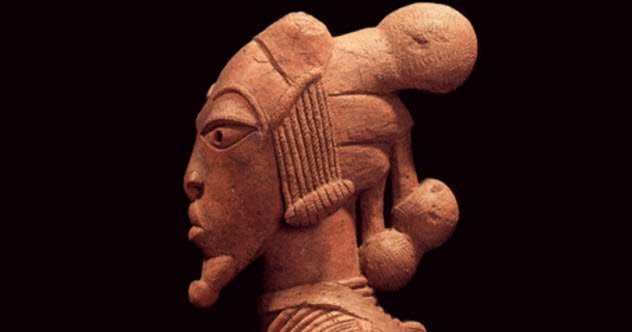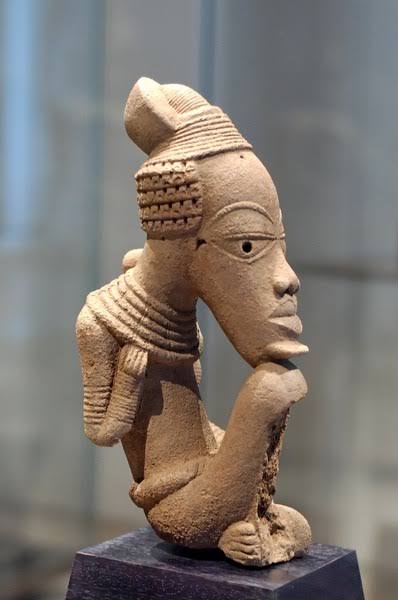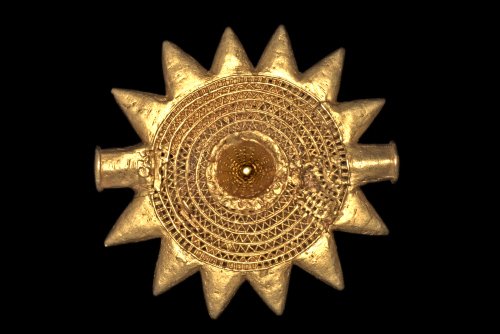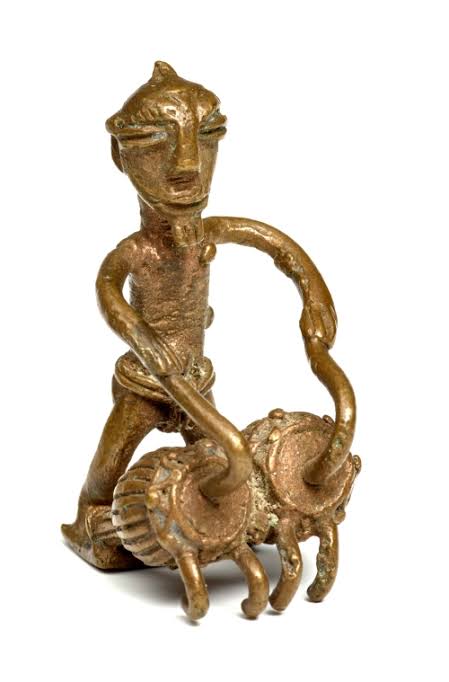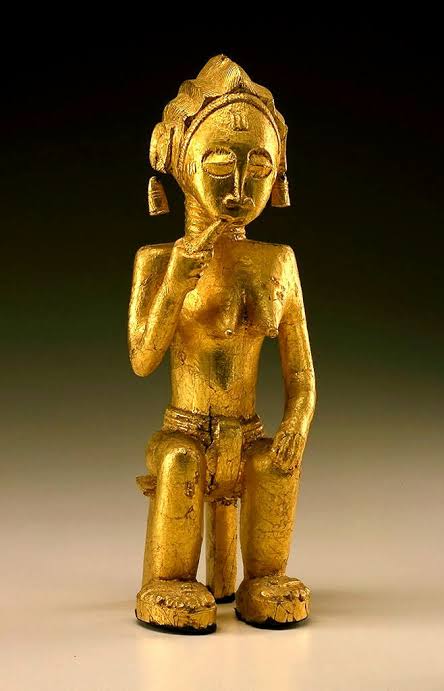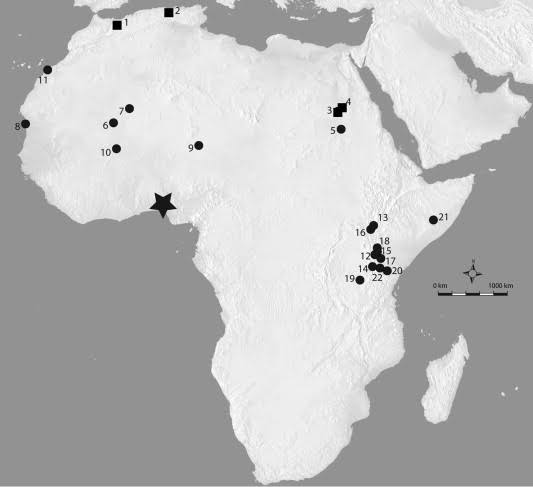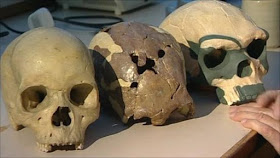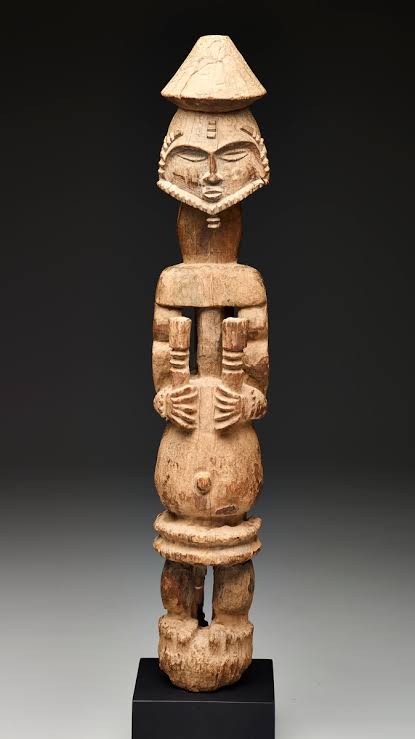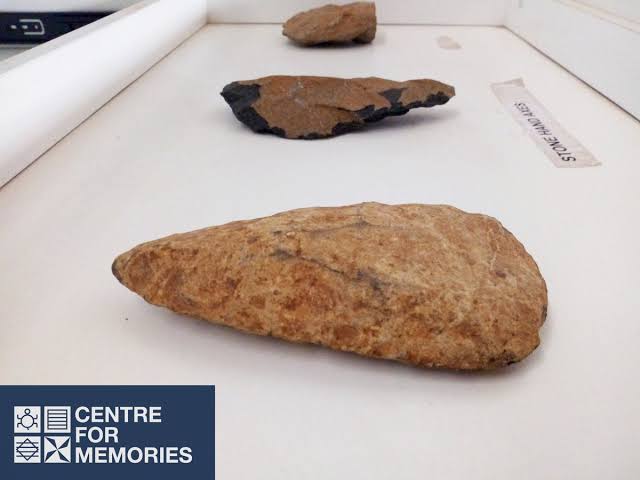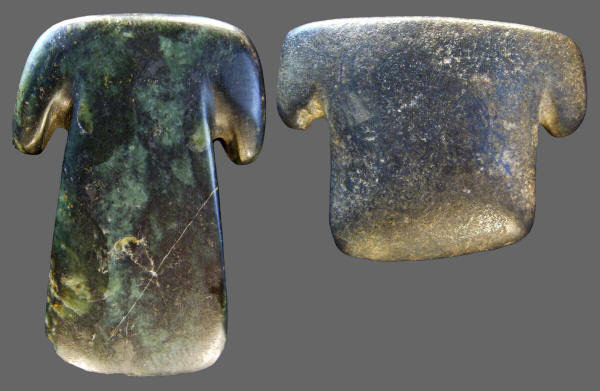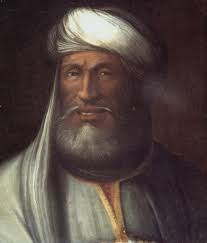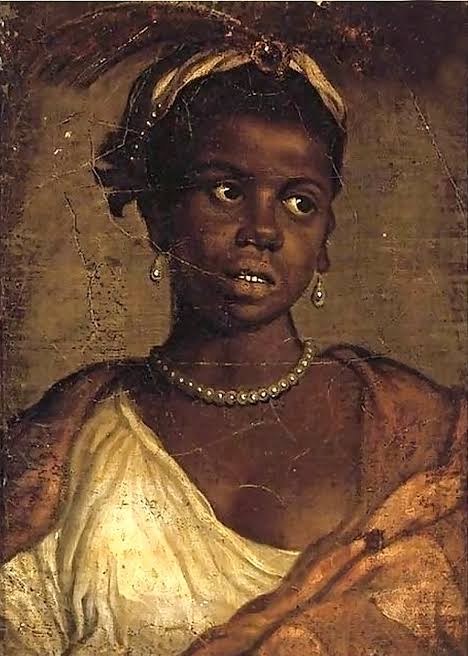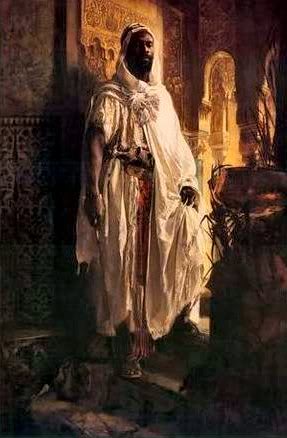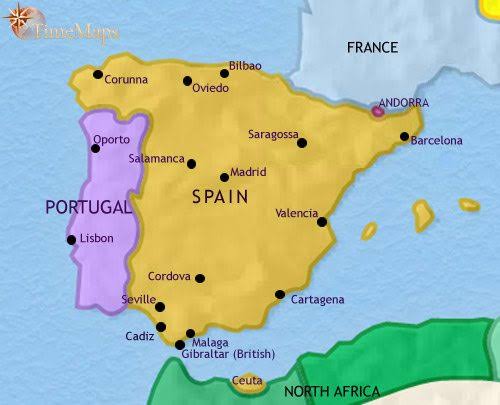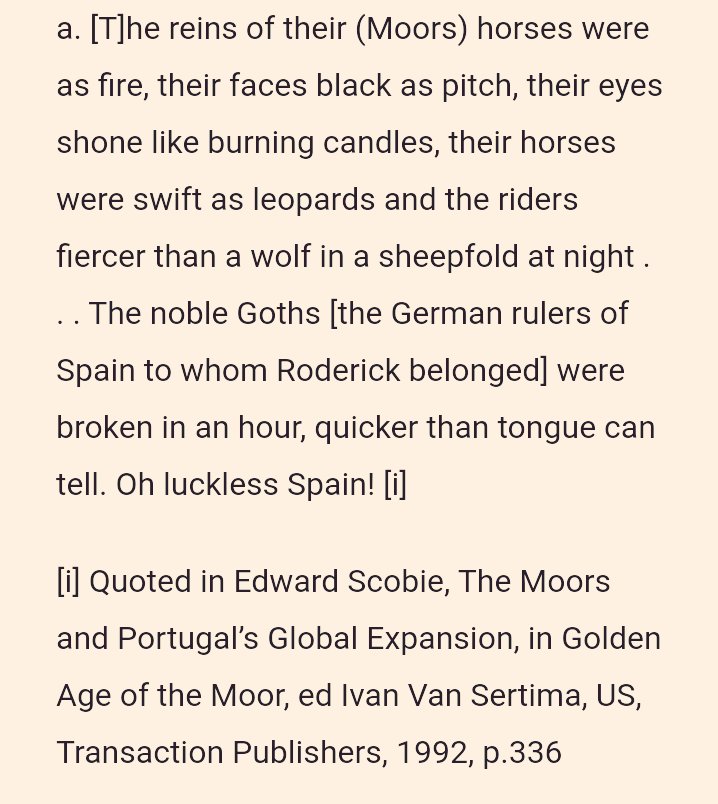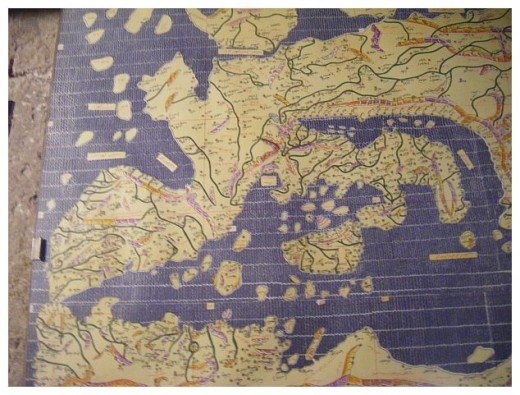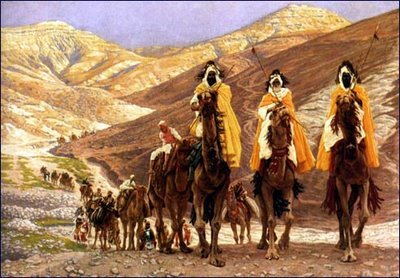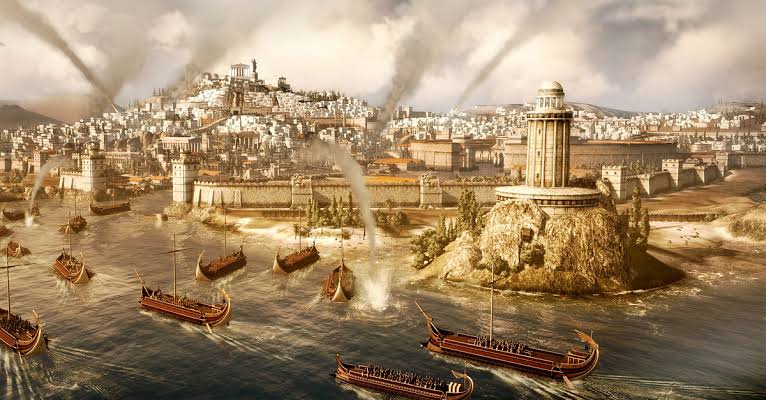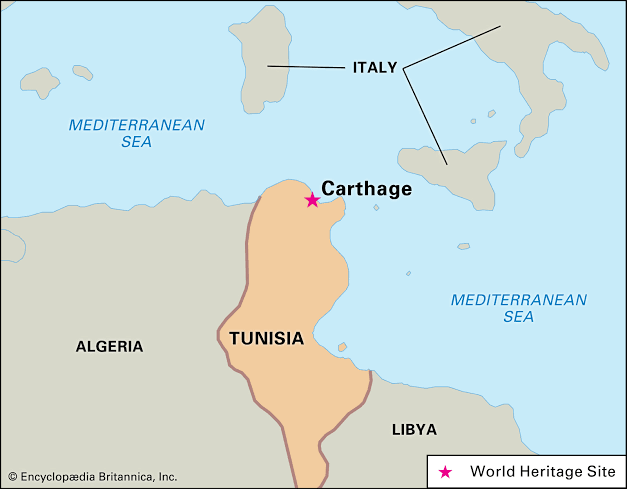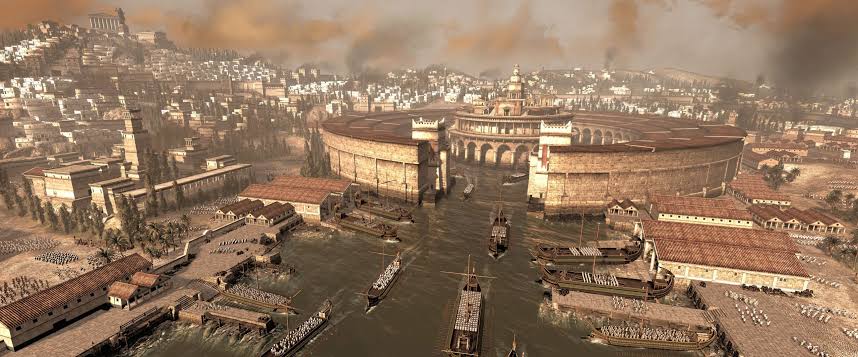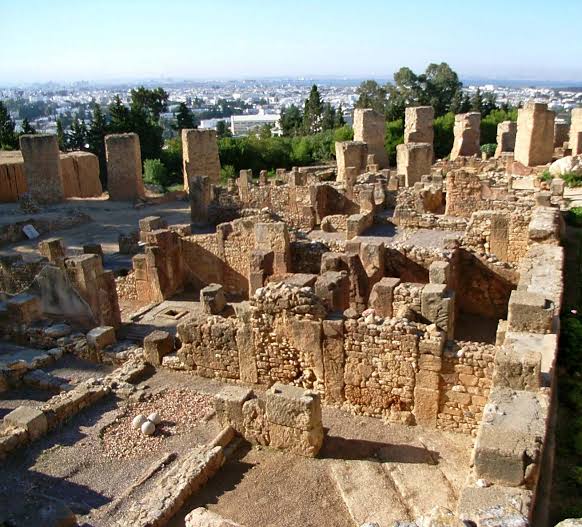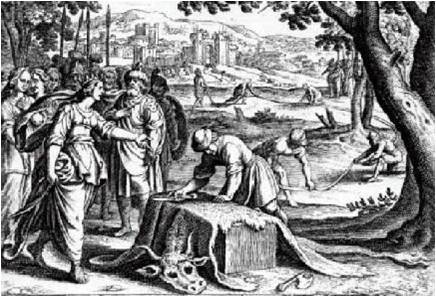
The Rise Of Warri Kingdom
___
The Kingdom of Warri is a traditional state based on the town of Warri in Delta State, Nigeria. Warri is an inland port on one of the Niger River channels in the Niger Delta. The Olu (king) of Warri is the head of the Itsekiri people.
___
The Kingdom of Warri is a traditional state based on the town of Warri in Delta State, Nigeria. Warri is an inland port on one of the Niger River channels in the Niger Delta. The Olu (king) of Warri is the head of the Itsekiri people.
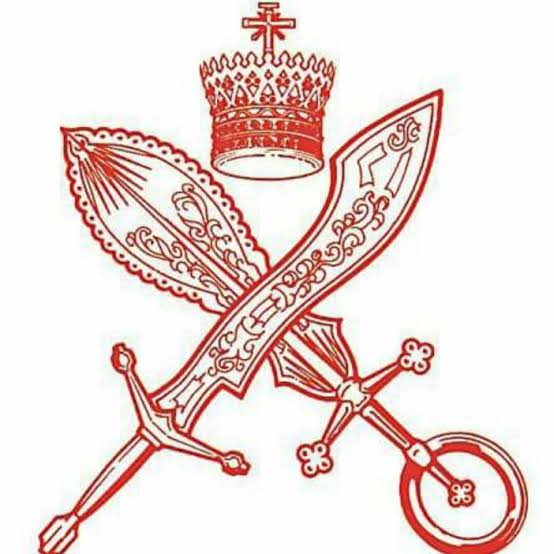
According to Bini and Itsekiri histories Ginuwa, a prince of Benin founded the Iwerre (Warri) Kingdom about 1480. In the 15th century Warri was visited by Portuguese missionaries.
At the beginning of the 17th century, a son of the reigning Olu was sent to Portugal and returned with a Portuguese wife.

https://twitter.com/Joe__Bassey/status/1301925242252730368?s=19

Their son Antonio Domingo was Olu of Warri in the 1640s. Olu Erejuwa, who reigned from about 1720 to 1800, expanded Warri politically and commercially, using the Portuguese to further Warri's independence of Benin and to establish control over a wider area. 

Later Warri served as the base for Portuguese and Dutch slave traders. Warri became a more important port city during the late 19th century, when it became a centre for the palm oil trade and other major items such as rubber, palm products, cocoa, groundnuts, hides, and skins. 

Warri was established as a provincial headquarters by the British in the early 20th century. In May 1952 the government of Western Nigeria changed the title of the Itsekiri ruler from the Olu of Itsekiri to the Olu of Warri, at the request of the Itsekiri. 

To know more about Ancient African civilization and history check my likes tweet and follow me to see my future post. 

Unroll @threadreaderapp
• • •
Missing some Tweet in this thread? You can try to
force a refresh

